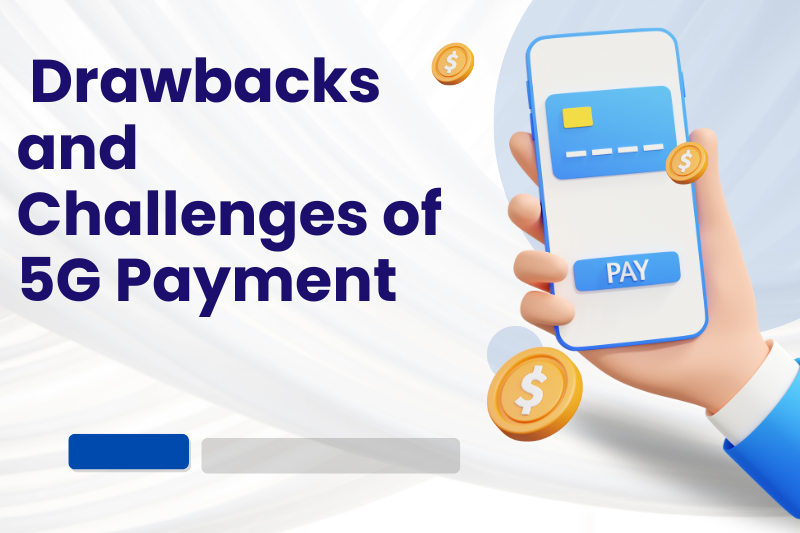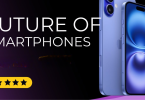🟢 Introduction
We live in a world where staying connected is no longer a luxury—it’s a necessity. Whether you’re watching a video, attending an online class, or using smart devices at home, you’ve probably wished your internet was just a little faster and more reliable. That’s exactly where 5G mobile technology comes in. This new generation of mobile networks promises faster speeds, lower latency, and more reliable connections—even in crowded areas.
Let’s break it down in a friendly and clear way so you can understand what 5G is, how it works, what it offers, and what issues it might bring.
📶 What is 5G Mobile Technology?

5G stands for Fifth Generation of mobile networks. It’s the latest upgrade after 4G LTE, offering ultra-high-speed internet, near real-time communication, and the ability to connect a massive number of devices at once.
🔍 How is 5G different from previous networks?
| Generation | Speed | Latency | Key Features |
| 2G | 50 Kbps | 300 ms | Voice calls, SMS |
| 3G | 2 Mbps | 100 ms | Internet browsing |
| 4G | 100 Mbps–1 Gbps | 30–50 ms | Video streaming, social media |
| 5G | Up to 10–20 Gbps | 1–10 ms | Smart devices, IoT, real-time gaming, remote surgery |
🧠 How Does 5G Work?
5G mobile technology is built on a combination of new technologies and techniques that make it faster and smarter:
Key Components of 5G:
- Millimeter Waves (mmWave):
Higher frequency bands (above 24 GHz) used to send large amounts of data very fast but over short distances. - Small Cells:
Mini base stations placed every few hundred meters to boost signal and improve coverage in cities. - Massive MIMO (Multiple Input, Multiple Output):
Many antennas at the base station to send and receive more data at once. - Beamforming:
Focuses the signal directly toward your device instead of broadcasting everywhere. - Network Slicing:
Creates separate virtual networks for different needs (like one for gaming and another for emergency services).
🚀 Benefits of 5G Mobile Technology
Let’s take a look at why 5G is being considered a game-changer in mobile communication:
| Benefit | Description |
| Faster Speeds | Download a full HD movie in seconds instead of minutes. |
| Low Latency | Real-time communication is now possible—ideal for gaming, video calls, and medical surgeries. |
| Greater Capacity | Connect more devices in crowded areas like stadiums and concerts. |
| Smart Cities & IoT | Supports smart traffic systems, connected homes, and automated industries. |
| Energy Efficient | Designed to use energy more efficiently, which means better battery life for devices. |
| Economic Growth | Expected to generate millions of new jobs and boost GDP through digital transformation. |
You may also like to read these posts:
https://techloomz.com/wp-admin/post.php?post=215&action=edit
https://techloomz.com/wp-admin/post.php?post=217&action=edit
https://techloomz.com/wp-admin/post.php?post=219&action=edit
https://techloomz.com/wp-admin/post.php?post=211&action=edit
⚠️ Drawbacks and Challenges of 5G

As amazing as 5G sounds, it’s not perfect. Here are some challenges and limitations:
| Drawback | Description |
| Limited Coverage | 5G, especially mmWave, doesn’t travel far. It’s mostly available in urban areas for now. |
| Expensive Infrastructure | Requires installation of many small cells and new towers, which is costly. |
| Device Compatibility | Not all phones support 5G—users need to upgrade to 5G-capable devices. |
| Battery Drain | Early 5G phones use more power, although newer models are improving. |
| Health Concerns | Some people worry about radiation, although no scientific evidence supports health risks at regulated levels. |
| Security Risks | More devices connected means more chances for cyber-attacks if not properly secured. |
🧭 Real-World Applications of 5G
5G is not just about faster phones—it’s changing how we live and work. Here’s how:
| Industry | 5G Impact |
| Healthcare | Remote surgeries, real-time monitoring, smart hospitals. |
| Automotive | Self-driving cars, traffic control systems. |
| Manufacturing | Smart factories, robots, automation. |
| Education | Augmented and virtual reality classrooms, remote learning. |
| Entertainment | Cloud gaming, live streaming in 4K/8K. |
| Agriculture | Smart irrigation, crop monitoring through sensors. |
📈 Future of 5G
The 5G journey is just beginning. Here’s what we can expect in the next few years:
- 5G-Advanced (Release 18) brings improvements like better coverage, lower power consumption, and AI-powered network optimization.
- Integration with AI and machine learning to make networks smarter and more responsive.
- Combination with satellite networks to offer truly global 5G coverage.
- Foundation for 6G, which is already being researched and may arrive around 2030.
🔚 Final Thoughts
5G mobile technology is more than just the next step in mobile internet—it’s a platform for innovation. From smarter homes to faster medical services and more efficient industries, 5G will transform every part of our lives. However, it’s important to stay aware of the limitations and infrastructure challenges.
As adoption increases, we’ll see more exciting applications, especially as costs come down and coverage expands. If you’re thinking about upgrading your device, 5G is definitely something worth considering for the future.
FAQs
Q1: What is 5G mobile technology in simple words?
A: 5G mobile technology is the fifth generation of wireless networks. It provides much faster internet, very low delay (latency), and the ability to connect many devices at once. It’s the next step after 4G and helps power things like smart homes, self-driving cars, and virtual reality.
Q2: How is 5G different from 4G?
A: 5G is significantly faster than 4G. It also reduces delay in communication and can handle more devices at the same time. With 5G, you can download movies in seconds, play games with almost no lag, and connect smart devices smoothly.
Q3: Can I use 5G on my current smartphone?
A: Only if your phone supports 5G technology. Older phones that are 3G or 4G only cannot connect to 5G networks. You’ll need a 5G-enabled phone and a data plan that includes 5G service.
Q4: Where is 5G available right now?
A: 5G is available in many large cities around the world, especially in countries like the USA, South Korea, China, and parts of Europe. However, rural areas and smaller towns may still be waiting for full 5G coverage.
Q5: Is 5G harmful to health?
A: According to the World Health Organization (WHO) and FCC, 5G is safe. It uses radio waves similar to previous generations of mobile networks. There’s no proven evidence that 5G causes any health problems when used within safety limits.





